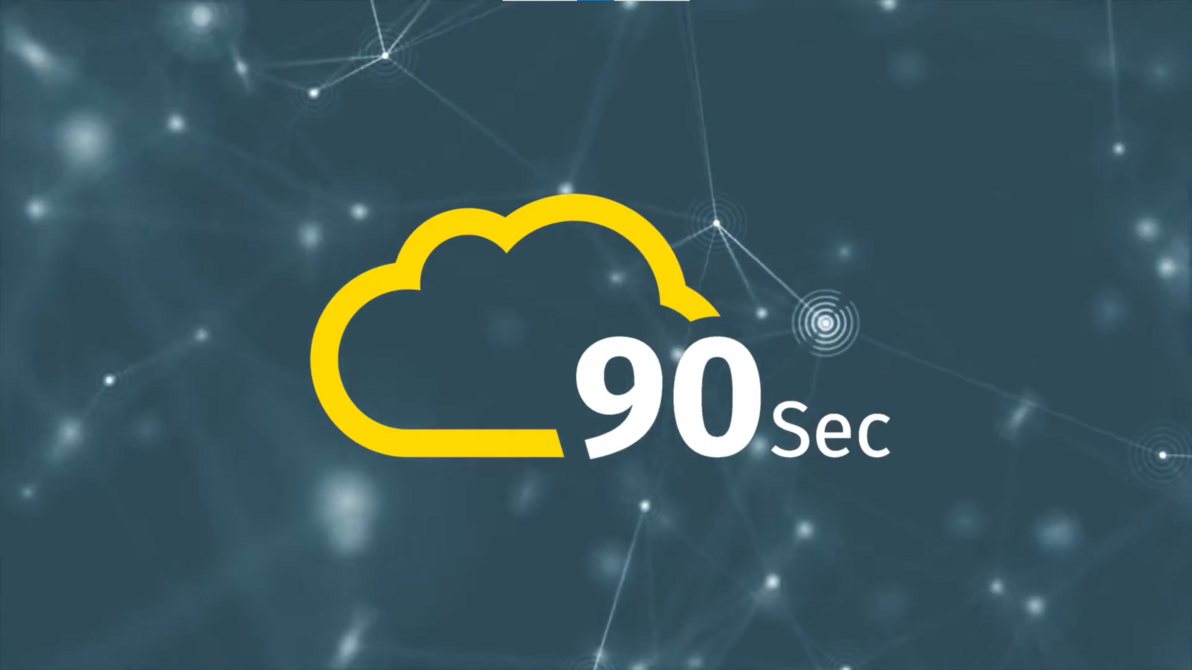The cloud offers game-changing opportunities from communication to data storage to application development for enterprises across industries. Watch the 90-second video below in which Harald Kriener, Director Business Development Cloud Services at DE-CIX, explains the different ways in which enterprises can get connected to different networks and workloads.
26 May 2021
World of connectivity

Different ways to connect to the cloud
- Internet upstream (transit): This is the standard for many enterprises where they rely on their Internet Service Provider (ISP) and one or multiple transit carriers to connect to their cloud service providers. The path is not fixed and can use several hops before you reach your target.
- Peering: If your ISP and cloud service provider have implemented a peering session, the path to the cloud becomes shorter. But as an enterprise, you cannot influence if there is a peering session between your ISP and the cloud service provider you are using. As with the first option above, you are dependent on the quality your ISP provides – which sometimes can be great, and sometimes not so great.
- Cloud connectivity with DirectCLOUD service: This option offers you a DDoS free dedicated Layer 2 connect into the cloud, separated from all other traffic. By minimizing downtime and guaranteeing continuous connection of your systems, latency is reduced – allowing fast and effective collaboration in the cloud. And happier end users.
Dedicated connection into the cloud
DirectCLOUD is a dedicated connection between your infrastructure and a chosen cloud service provider. The connection is established via VLAN, which is transported from you to DE-CIX and we extend this VLAN to the cloud. Our Cloud Exchange features over 50 cloud service providers including Amazon Web Services, Google Cloud, IBM Cloud, Microsoft Azure and Oracle, as well as many specialist providers. Use our DirectCLOUD service finder to find your preferred providers, filtering for categories like IaaS or DDoS, features like self-provisioning, or certifications.
- Find out more about DirectCLOUD